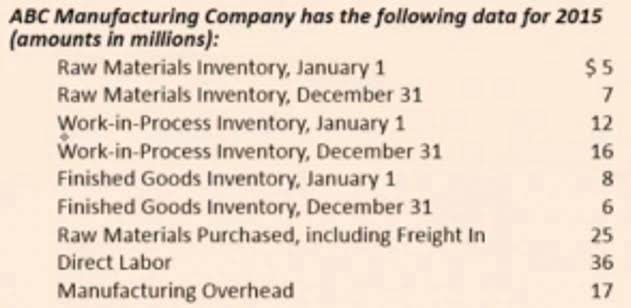![]()
To determine the changes in quantity, the number of goods made in the first production run is deducted from the volume of output made in the following production run. You then subtract the variable costs of making one widget from the variable cost of making two widgets. In the sections below, you’ll find out what you need for proper ICC calculation. Be sure to read until the end for answers to frequently asked questions. One of the most effective ways to do this is by injecting new capital into the business. There can be a lot to know and understand, which is why we created this article about the incremental cost of capital.
Terms Similar to Incremental Cost
Only the relevant incremental costs that can be directly tied to the business segment are considered when evaluating the profitability of a business segment. For some businesses, per unit costs actually rise as more goods or services are produced. Imagine a company that has reached its maximum limit of production volume. If it wants to produce more units, incremental cost the marginal cost would be very high as major investments would be required to expand the factory’s capacity or lease space from another factory at a high cost. The usual variable costs included in the calculation are labor and materials, plus the estimated increases in fixed costs (if any), such as administration, overhead, and selling expenses.

What is the cost of incremental sales

ICC can help you optimize your resources and make the most of your investment opportunities. It also takes into account sunk, or non-relevant costs, and excludes those from analysis. This nuanced understanding and its relationship to both variable and fixed costs is critical for making effective decisions in the dynamic realm of production expansion and pricing strategies. The cost of incremental sales is the additional expenses incurred to generate and secure extra sales beyond the existing baseline. When performing financial analysis, it is important for management to evaluate the price of each good or service being offered to consumers, and marginal cost analysis is one factor to consider.
What is Incremental Analysis?

Incremental cost of capital is additional money that a company must spend to raise new financing. At its core, incremental cost of capital refers to a single unit that a company must raise. Relevant costs (also called incremental costs) are incurred only when a particular activity has been initiated or increased. Strategic consideration https://www.bookstime.com/ of incremental costs becomes especially important to avoid the traps of overproduction or underproduction, maximize resource utilization, and maintain a balanced operational strategy. The company can evaluate the financial effects of increasing production and decide whether increasing output will be profitable.
Incremental Cost: Definition, How to Calculate, and Examples
The separation of fixed costs and variable costs and determination of raw material and labor costs also differs from organization to organization. Professionals working in a wide range of corporate finance roles calculate the incremental cost of production as part of routine financial analysis. Accountants working in the valuations group may perform this exercise calculation for a client, while analysts in investment banking may include it as part of the output in their financial model. It can be of interest to determine the incremental change in cost in a number of situations. For example, the incremental cost of an employee’s termination includes the cost of additional benefits given to the person as a result of the termination, such as the cost of career counseling.
What factors contribute to incremental costs in production?
Also called marginal analysis, the relevant cost approach, or differential analysis, incremental analysis disregards any sunk cost (past cost). On the other hand, when incremental expenses exceed incremental revenues and a loss is incurred, an unprofitable situation results. The relationship between incremental revenue and incremental cost, as well as how their relative values affect the company’s overall financial result, is shown in this table in a simplified manner. As a result, the total incremental cost to produce the additional 2,000 units is $30,000 or ($330,000 – $300,000).
- The impacts of long run incremental costs can be seen on the income statement.
- Conversely, fixed costs, such as rent and overhead, are omitted from incremental cost analysis because these costs typically don’t change with production volumes.
- Johnson Tires, a public company, consistently manufactures 10,000 units of truck tires each year, incurring production costs of $5 million.
- As a third example, the sale of a subsidiary includes the legal costs of the sale.
- In essence, it assists a company in making profitable business decisions.

بدون دیدگاه